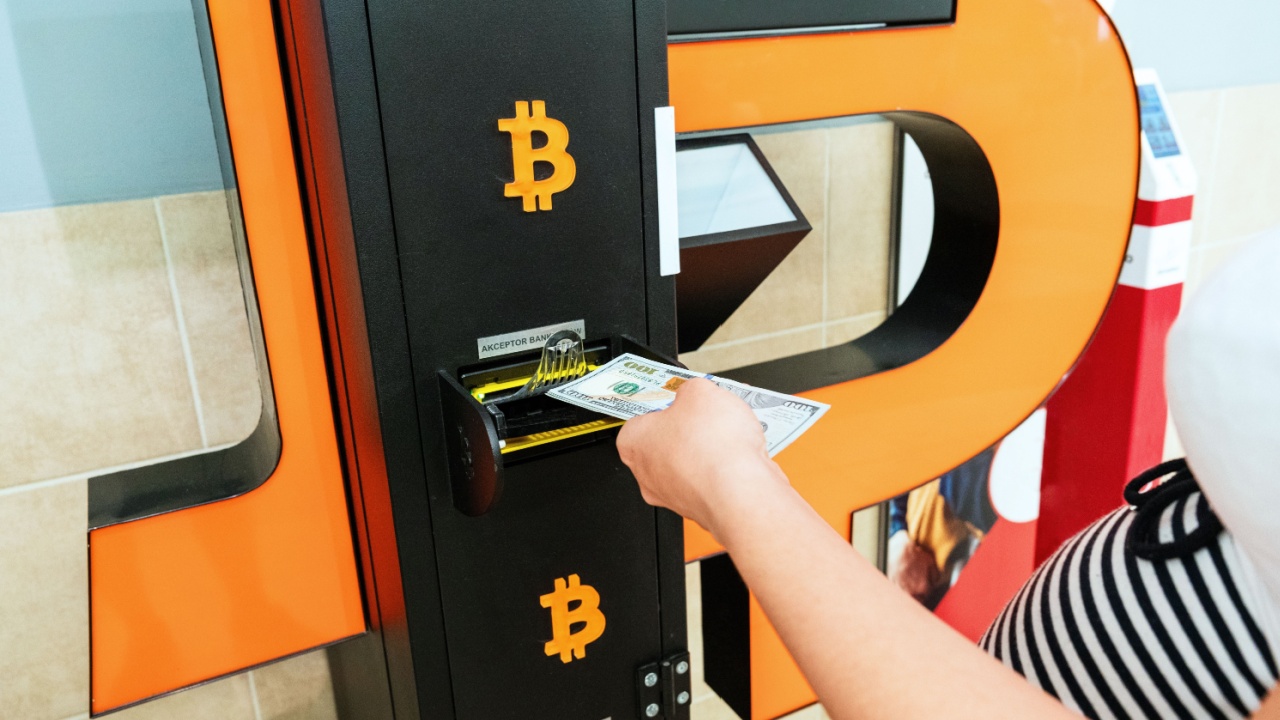Bitcoin, the largest cryptocurrency by market cap, was developed to be used as a means of payment. However, due to an unexpected surge in popularity, people began using the currency for investment gains.
Despite this, cryptocurrency is still increasingly being used for its intended purpose – as a payment method. Using Bitcoin (BTC) to pay for purchases may appear a tech-savvy concept, but in reality, it is quite simple.
In this guide, we will detail a step-by-step process of how to pay with Bitcoin in real-life scenarios.
How to make a Bitcoin payment – Quick steps
Before we give a detailed description of each step of how to pay with cryptocurrency, here’s a quick overview of the process.
- Purchase Bitcoin: If you don’t already have Bitcoin, you will have to purchase it first. There are many ways to do it, which we will cover later in this article.
- Choose a Bitcoin wallet: To transact Bitcoin or any other cryptocurrency, you will need a dedicated cryptocurrency wallet. Several wallet providers are available.
- Find out if your retailer accepts crypto payments: Select a store (online or offline) that accepts Bitcoin payments, or confirm with the store if it is okay with Bitcoin payments.
- Make a Bitcoin payment: After you have confirmed the product and store details, you will have to transfer the Bitcoin tokens you requested to the wallet address provided by the merchant.
- Confirm and track your transaction: You can easily confirm and track your Bitcoin transaction using a blockchain explorer.
How to transact Bitcoins – A closer look
Now that you have an idea of how to make Bitcoin transactions, let’s take a detailed look at each of the above steps.
Step 1: Purchase Bitcoin
If you don’t own any Bitcoin, you must purchase it before proceeding. There are several ways to do it, but the most popular one is through centralized cryptocurrency exchanges such as Coinbase, Binance, and Kraken. These marketplaces allow you to purchase Bitcoin with traditional currencies, such as US dollars or euros.
You can also easily obtain Bitcoin by exchanging your cash using Bitcoin ATMs, which are becoming increasingly available worldwide.

Another easy way to obtain Bitcoin is through Peer-to-Peer (P2P) platforms, such as Paxful. These platforms allow you to buy BTC from other people who own Bitcoins. Such platforms offer more payment methods but are also riskier due to their decentralized nature.
You can also earn Bitcoin online, such as by playing games or working for sites that pay in cryptocurrencies. Bitcoin mining is another way to acquire BTC, but it is highly time-consuming and resource-intensive.
Step 2: Choose a Bitcoin wallet
Now that you have acquired BTC, you will need a Bitcoin wallet to store it. In simple terms, a wallet acts as a bank account for your cryptocurrencies. This means you will pay on a wallet-to-wallet basis, i.e., to the merchant’s wallet.
Each crypto or Bitcoin wallet has an address, which works like an email address to send and receive payments. Hundreds of wallets providers are available to choose from, with some supporting all cryptocurrencies, while others work only with a few.
A few popular wallet crypto wallet providers are Binance Wallet, Bitbox, ByBit Wallet and Ledger.

It is important to select a wallet that best meets your needs and is reputable. You must also ensure the wallet you choose works on your laptop and smartphone. This will make tracking your crypto transactions easier.
Most cryptocurrency exchanges offer wallets to help their users transfer funds and make crypto payments. After selecting a wallet, make sure to back up your wallet’s recovery seed or private key.
Step 3: Find out if your retailer accepts crypto payments
Now that you have your wallet ready, you will have to find a retailer that not only accepts crypto payments but also has your desired product.
Today, many major retailers are accepting crypto or Bitcoin payments. A simple Google search will give you a list of retailers accepting crypto payments. Alternatively, you can directly scan your preferred retailer’s website to find out if it accepts Bitcoin payments.
Some major companies that accept Bitcoin payments are Wikipedia, Microsoft, AT&T, Pizza Hut, and many more. Amazon doesn’t accept Bitcoin directly; instead, you can purchase products on Amazon with Bitcoin using Purse.io.
Step 4: Make a Bitcoin payment
If you want to make a Bitcoin payment for online shopping, you will have to select BTC as the payment option when checking out. You will then get a Bitcoin address or a QR code to scan and make the payment.
When making a payment to a physical retailer, you need to open your mobile wallet and scan the merchant’s QR code to send the payment.
For peer-to-peer transactions, you open your wallet and select the “Send” or “Transfer” option. Next, you enter the recipient’s Bitcoin address and amount and hit the send button.

If you want to make Bitcoin payments against payment requests in the form of invoices, you will have to use your wallet to scan the QR code or manually enter the Bitcoin address and amount. The Bitcoin address (QR code or address) is usually on the invoice.
Wallets usually have a 15-minute payment window, so it is important to make the payment within that timeframe. It is also crucial to cross-check the payment details thoroughly before making the payment, as crypto payments are not reversible.
Step 5: Confirm and track your transaction
You can easily confirm and track your Bitcoin transaction for free. All Bitcoin transactions are stored on a public database called the blockchain. You can easily access this database via blockchain explorer websites or apps.
To track your transaction, you will have to enter your Bitcoin transaction ID into a blockchain explorer. If your transaction is confirmed, it will be added to the blockchain, and you can view it there.
It is important to stay patient when waiting for confirmations, as some confirmations may take longer due to network congestion. So, even if your transaction’s status says “Unconfirmed”, it doesn’t necessarily mean anything is wrong with the transaction. It usually means the miner hasn’t yet put the bundle into an upcoming block.
The pros and cons of making a crypto payment
Pros
- More control:Bitcoin isn’t governed by any country or bank, which gives users more control over their money. They can use it anytime and anywhere without any expensive exchange fees, and there are no middlemen.
- Cheap payments:Though Bitcoin isn’t apt for making micro-payments, it offers significant cost benefits when making larger transfers, especially cross-border payments. Under traditional banking, the larger the transfer, the higher the fees is, but with Bitcoin, fees depend on network demand.
- Anonymity:No user information is needed when making Bitcoin or crypto payments. This means no one, including authorities, will be able to scrutinize your financial matters.
- Available to everyone:Some people don’t have access to financial services. However, if they have access to the internet, they can use crypto services, including sending and receiving payments.
Cons
- Price volatility: This is the biggest drawback of cryptocurrencies, and can also make crypto payments inconvenient. There is always the possibility that your crypto price drops between you making the payment and the network approving it. In such a case, you will have to pay more. On the other hand, if your crypto price goes up, you will pay more.
- Not regulated: Since cryptocurrencies aren’t regulated, backed, or guaranteed, you may fail to get your money back if you get scammed or the exchange, which stores your keys, shuts down.
- Not Reversible: Once you make a Bitcoin transaction, it is not reversible. The only way to reverse it is if the recipient sends you the money back voluntarily.
Methodology
This article was put together by our panel of experts, who not only possess deep knowledge of the cryptocurrency space, but also direct experience in buying, selling, transferring, and making payments using crypto.




